Have you ever felt your heart racing during the climactic scene of a horror movie, or found yourself peeking through your fingers as you brace for the inevitable jump scare, yet you can’t seem to turn away? Hello, dear readers, Sharon here, your connoisseur of creep and aficionado of fright, diving into the enigmatic world where dread meets desire. Today, we’re venturing into the shadowy realms of our own psyche to unravel a mystery as old as fear itself: Why do we, seemingly against our better judgment, revel in the macabre dance of horror?
Horror, in its many forms, from the whispered campfire tales to the grandiose cinematic spectacles of terror, has captivated mankind for centuries. But what lies beneath this fascination with the frightening? Is it a mere adrenaline rush we seek, or is there more to our scare enjoyment than meets the eye? Together, we’ll dissect the psychology of fear and its gripping hold on our imagination.
Prepare to embark on an exploration through the twisted corridors of the human mind, where we’ll uncover the reasons behind our horror fascination. From the cathartic release of pent-up emotions to the bonding over shared screams, the allure of horror is as complex as it is compelling. So, fellow enthusiasts of the eerie, let’s turn down the lights and lean into the darkness as we seek to understand why the scare, so often, feels so good.
Stay close, for you’re not alone. The journey through the psychology of fear is about to begin, and by the end, we just might discover something about ourselves in the reflection of the silver screen’s flickering light.
The Thrill of the Scare
Ah, the exquisite chill that dances down your spine when you’re perched on the edge of your seat, the room plunged into darkness save for the glow of a screen depicting unspeakable horrors. Why do we seek out these moments that send shivers coursing through our veins? Let’s peel back the curtain on this peculiar performance where fear and fun intertwine on the stage of horror.
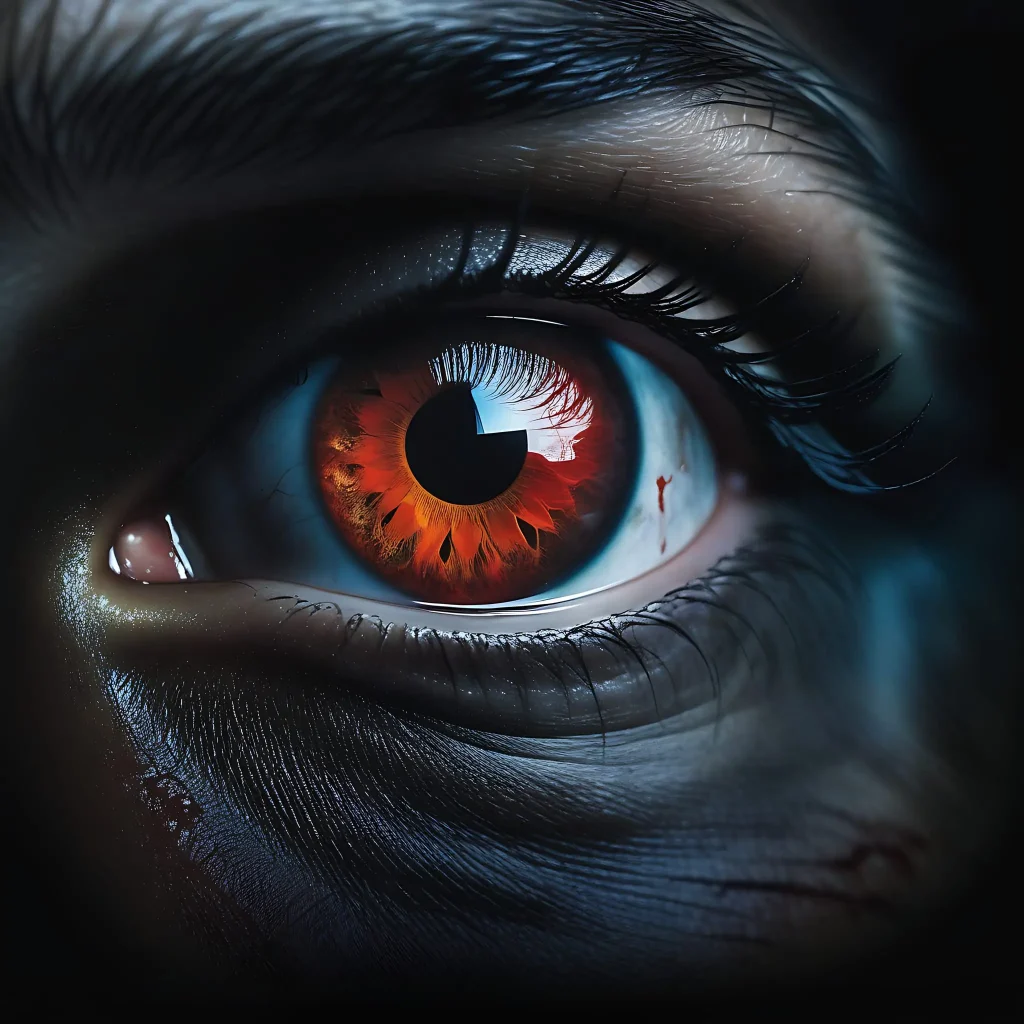
Adrenaline: Our Primal Response
In the face of terror, real or imagined, our bodies react with a primal vigor that dates back to our earliest ancestors. Adrenaline floods our system, triggering the fight-or-flight response that sharpens our senses and primes us for action. This physiological cocktail isn’t just about survival; it’s invigorating, addictive. When we experience scare enjoyment, we’re riding a natural high, a rush that horror aficionados chase with the zeal of a scream queen evading a relentless pursuer.
Safety in the Shadows
But there’s a catch, isn’t there? The horrors we seek in films and books are a simulation, a controlled environment where we can flirt with danger without the risk. It’s the ultimate paradox of horror fascination: we crave the sensation of fear without the consequences. This safe space to experience the thrill allows us to probe the depths of our own anxieties, to confront the boogeymen of our minds with the reassuring knowledge that we can close the book or turn off the screen at any moment.
The Shared Experience of Fright
Let’s not overlook the communal aspect of scare enjoyment. There’s a certain camaraderie that comes with collective terror—a room full of strangers bound by the same heart-hammering anticipation, jumping together, laughing off the tension afterward. Horror films and haunted attractions are not just about the individual’s adrenaline rush; they’re social rituals where we navigate the treacherous waters of fear as a fleet, each of us a willing participant in the dance with the dark.
In this opening act, we’ve glimpsed the mechanisms behind our attraction to the art of fright. The psychology of fear is deeply rooted in our biology and our need for safe exploration of the terrifying unknown. As we’ve seen, the allure of horror is not merely a masochistic impulse but a complex, multifaceted human experience that we will continue to unravel in the following sections.
Stay with me, my fellow connoisseurs of the macabre, as we delve deeper into the darkened corridors of our collective psyche to unearth the cathartic role of horror in our lives. There’s much more to fear than the shudder it sends down your spine—it is a key that unlocks doors we didn’t even know we wanted to open.
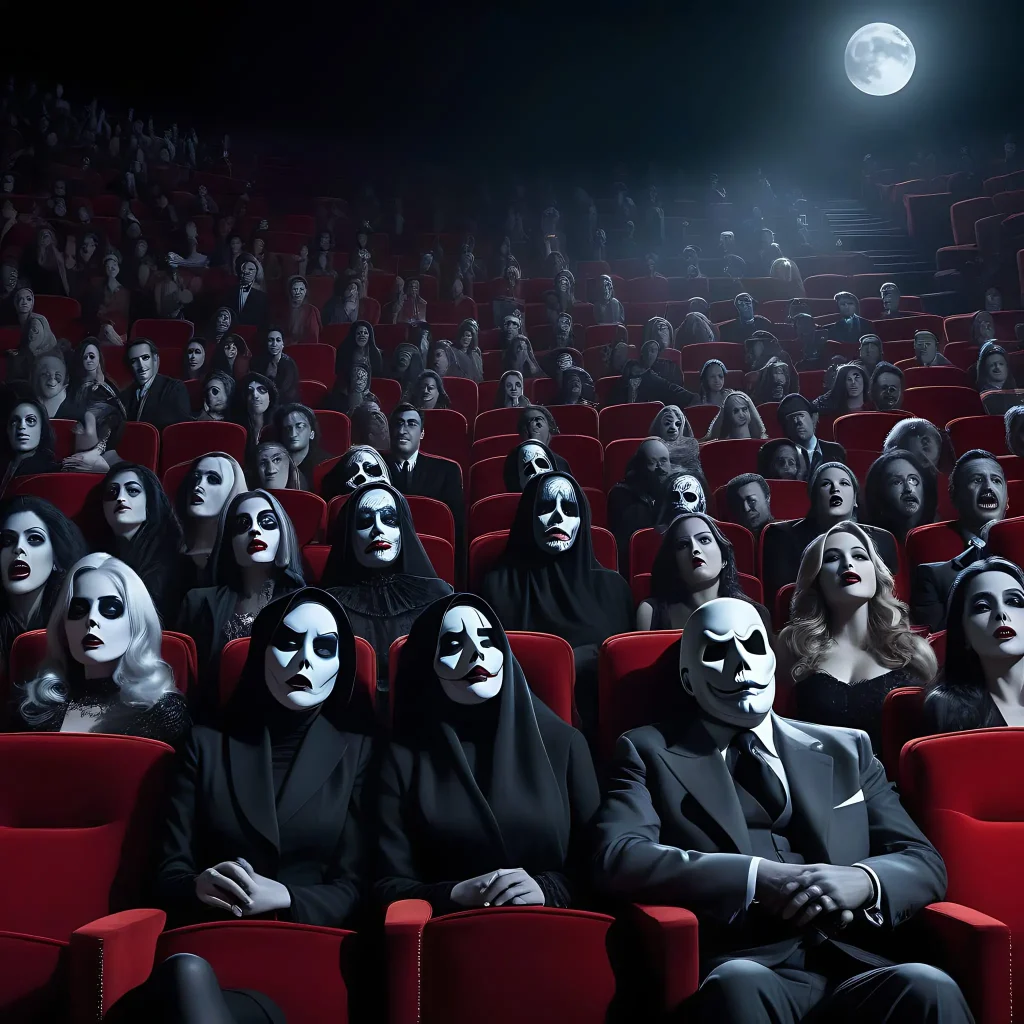
Catharsis and Emotional Release
In the sanctuary of the cinema, where the only light is the flicker of terror on the screen, we find an unexpected ally in horror. It’s in these hallowed halls of haunted storytelling that we partake in an ancient ritual of release, one that Aristotle himself deemed cathartic. But how does this translate to the bone-chilling screams and the heart-stopping moments that define our beloved horror genre?
Aristotle’s Ancient Insight
The concept of catharsis, introduced by Aristotle, suggests that art provides a purging of emotions—specifically pity and fear. In the realm of horror, this translates to a vicarious experience; we witness the trials and tribulations of protagonists facing unspeakable evils, and through this, we are purged of our own pent-up emotions. The horror genre acts as a pressure valve, allowing us to release our anxieties and fears in a controlled burst of empathetic engagement with the characters we root for—and sometimes, with those we fear the most.
The Emotional Roller Coaster
Horror takes us on an emotional roller coaster, a journey with peaks of intense suspense and valleys of quiet dread. It’s a ride we willingly board, knowing full well the drops and loops ahead. This is because, within the framework of a horror narrative, we find a safe space to confront and dispel our own fears. The psychology of fear isn’t just about feeling scared; it’s about the aftermath—the emotional release that leaves us paradoxically relaxed after the credits roll. It’s as if we’ve been through the fire ourselves, emerging on the other side unscathed and oddly refreshed.
Horror as a Reflection of Personal and Collective Anxieties
The monsters and madmen, the ghosts and ghouls of horror, are not just figments of a twisted imagination—they are manifestations of our deepest fears. The scare enjoyment we derive from horror is partially due to these embodiments of our anxieties. We face these fears head-on, in a setting where they can’t truly harm us, and in doing so, we find a release from the monsters lurking in the recesses of our own minds.
In this section, we’ve peeled back another layer of the psychology of fear, revealing the emotional core that beats beneath the surface of horror. Catharsis, that ancient concept, still holds true in our modern love affair with fear. It’s a cleansing experience, one that allows us to scream, to let go, and to emerge lighter, our emotional burdens lessened by the shared experience of terror.
The Safe Haven of Horror
One might wonder, why seek such intense experiences for emotional relief? Perhaps it’s because horror, in its own dark way, provides a haven—a place where we can confront the extremities of human emotion within the safety of fiction. The genre offers a unique opportunity to explore the limits of our emotional spectrum, from the depths of despair to the peaks of triumph when good overcomes evil, or when the final girl survives against all odds.
Horror: The Great Equalizer
Horror does not discriminate; it preys on the fears of the everyman and the everywoman. In the darkness of the theater or the solitude of our reading nook, we are all equal in our susceptibility to fear. By partaking in horror, we acknowledge our vulnerabilities, and through that vulnerability, we find strength and a sense of unity. The genre strips away our day-to-day facades and exposes the raw nerve of our shared human experience.
The Afterglow of Terror
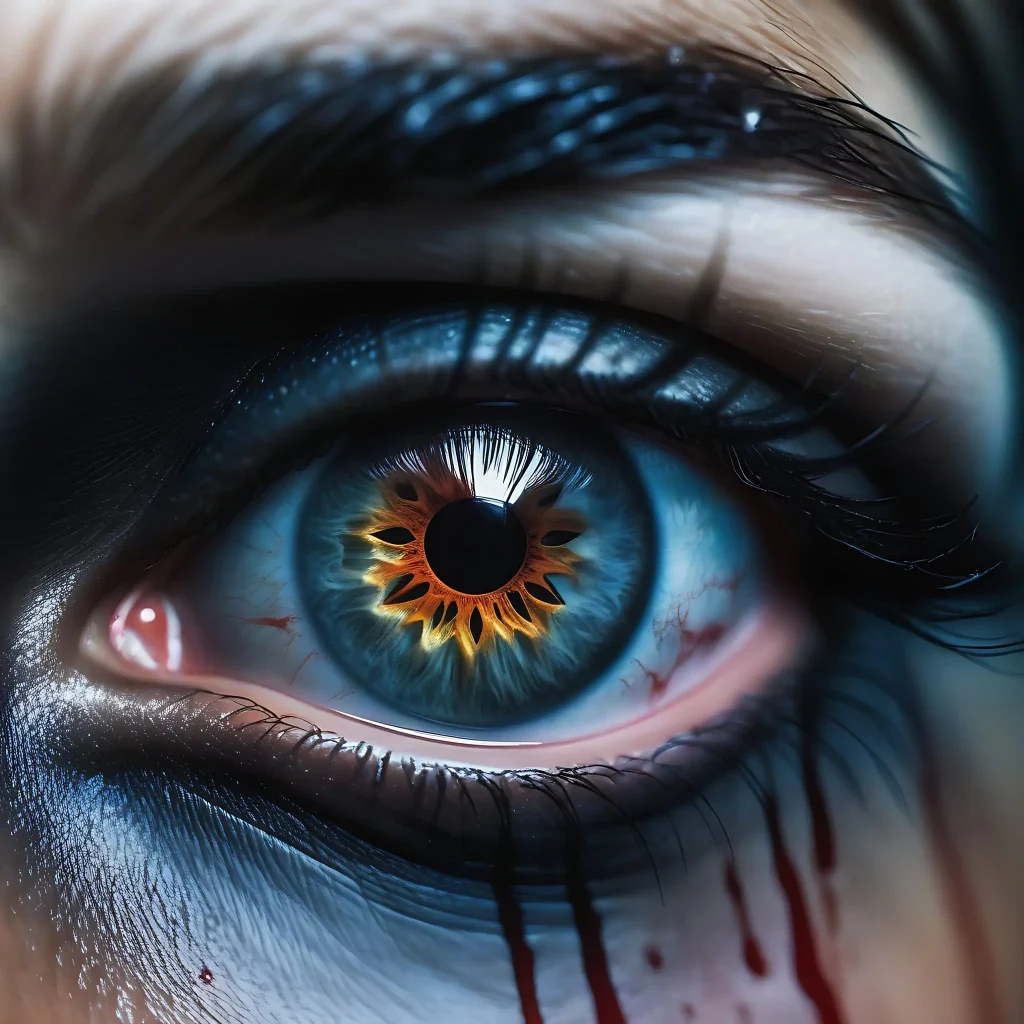
And so, as the echo of the last scream fades and our breathing steadies, we sit in the afterglow of terror—a moment of quiet reflection and involuntary meditation. It’s in these precious seconds that the cathartic process completes its cycle. We’ve been frightened, we’ve been thrilled, and now we’re reborn, ready to step back into the light, our fears faced and our spirits unburdened.
As we close this chapter on catharsis and emotional release, we carry with us the understanding that the psychology of fear is deeply intertwined with our need for emotional expression. Horror, in all its gory glory, serves as a conduit for this expression, a genre that not only entertains but heals us in a way few others can. Join me, Sharon, as we continue this exploration, delving ever deeper into the morbid curiosity that propels our fascination with the macabre.
Stay brave, dear readers, for there’s always another layer to peel back, another shadowed corner to explore in the vast, uncharted territory of our love for horror.
Morbid Curiosity and The Unknown
It’s a peculiar aspect of human nature, this draw toward the dark corners of existence, where the veil between life and death flutters precariously in the ethereal winds of our consciousness. As I, Sharon, your seasoned guide through the twisted landscapes of horror, can attest, our morbid curiosity is not merely a fringe fascination but a core component of our being. But what drives us to peek behind the curtain where the unknown lurks with bated breath, waiting to reveal its eldritch secrets?
The Lure of the Forbidden
From the moment we learn to fear the monster under the bed, there’s an insatiable urge to confront it, to understand it. Morbid curiosity is this urge magnified—a powerful attraction to the mysteries that society deems forbidden or ghastly. Horror offers a tantalizing glimpse into these realms, satisfying our innate desire to probe the abyss without falling in. It’s a dance with death, a flirtation with fate, where we can indulge our curiosity without the ultimate consequence.
Horror as a Gateway to the Unknown
The unknown is horror’s playground, and we, its willing patrons, are eager for the thrill it promises. Each horror story is a puzzle box of the unexplained, a labyrinth where the Minotaur of the unknown awaits. Our horror fascination compels us to turn each corner, unlock each door, driven by the hope—or perhaps the dread—of what we might discover therein. This is the core of scare enjoyment: the exhilarating uncertainty, the suspense of the reveal, and the ultimate confrontation with the unimaginable.
Confronting Our Own Mortality
Part of the horror genre’s allure is its unflinching gaze upon death, the ultimate unknown. In the safety of fiction, we examine the myriad faces of our mortality. Vampires, zombies, and ghosts are but avatars of our anxieties around death and what lies beyond. By engaging with these figures, we’re doing more than entertaining a passing thrill; we’re engaging in a deep-seated psychological ritual that allows us to grapple with our own finite existence.
Exploring Taboos
Horror also ventures where other genres may fear to tread—into the realms of taboo. It’s in these shadowy places that horror finds fertile ground for storytelling. Our fascination with the grotesque, the violent, the perverse, and the profane is given license through horror, allowing us to explore societal boundaries and personal discomforts from a secure vantage point. The genre becomes a canvas for the exploration of transgressive ideas, painting nightmarish scenarios that we can’t help but be drawn to. In this exploration, we confront the aspects of humanity that intrigue and repulse us, often simultaneously.
The Reflection of Societal Anxieties
Horror doesn’t only reflect personal fears but also acts as a barometer for the collective unease of a society. Through the decades, horror has evolved to mirror the zeitgeist, tapping into the vein of what terrifies the masses at any given moment. Nuclear anxieties birthed Godzilla, technological fears brought forth cybernetic nightmares, and pandemics have recently fueled the renaissance of contagion horror. By engaging with these stories, we find a way to process real-world fears in a realm that is safely removed from our daily lives.
The Educational Aspect of Horror
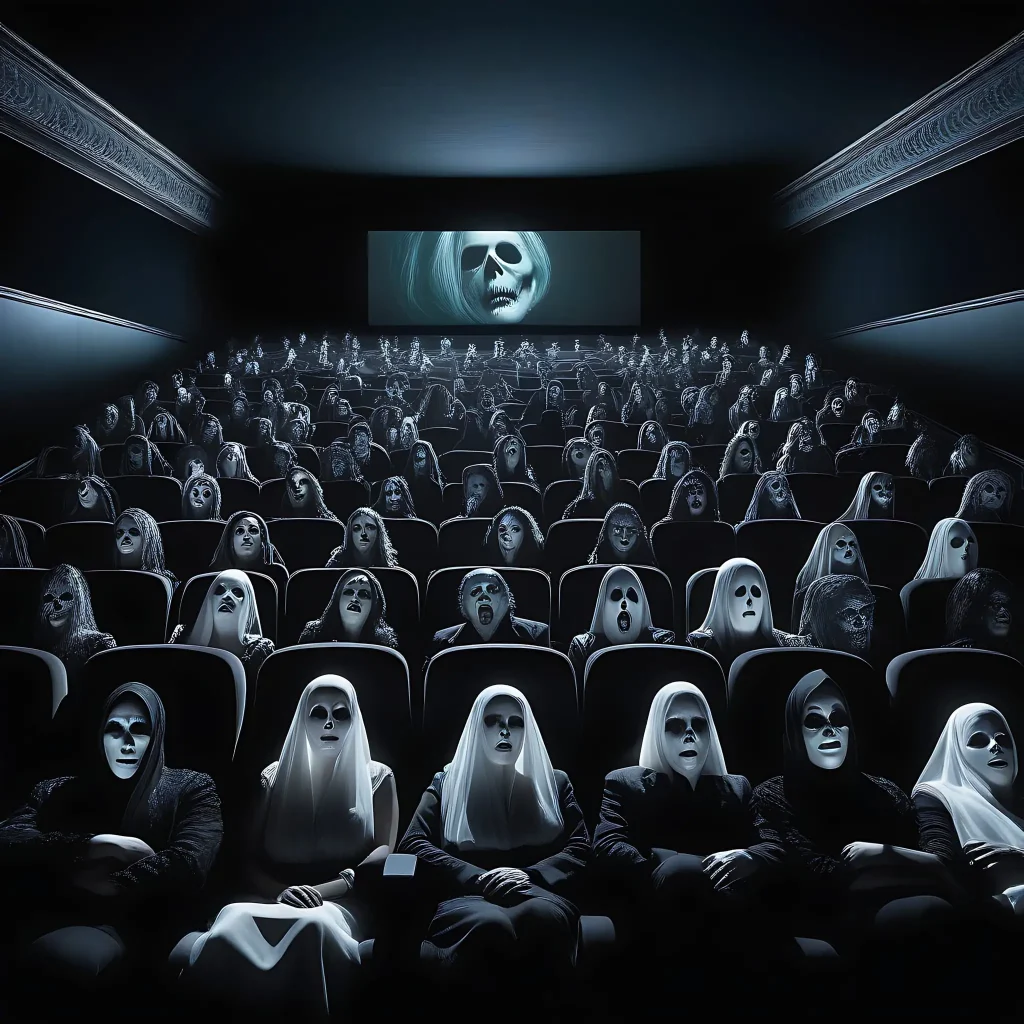
Surprisingly, horror can be instructive. It offers a unique perspective on historical events, scientific possibilities, and philosophical quandaries. In the guise of entertainment, horror educates us about the dangers of playing god, the perils of ignoring history, and the ethical limits of humanity. It sparks conversations and invites us to question the nature of good and evil, often leaving us with more questions than answers—a compelling reason to return to its eerie embrace.
In this exploration of morbid curiosity and the unknown, we’ve uncovered yet another layer of our attraction to horror. By allowing ourselves to be lured into the darkness of the genre, we engage in a form of psychological and emotional tourism. We visit the land of what-if and return with souvenirs of insight and, sometimes, a heightened appreciation for the safety of our own reality.
Join me, Sharon, as I lead you further into the heart of horror, where we find not just fear, but also the thrill of discovery and the recognition of our own resilience in the face of the uncanny. Stay close, my fellow explorers, for there is always another shadow to illuminate, another secret to whisper from the depths of the unknown.
Continuing this journey, we will next delve into the social and cultural factors that shape our experience of horror, examining how the genre not only terrifies but also reflects and sometimes even critiques the world in which we live.
Social and Cultural Factors
As we wade deeper into the murky waters of horror, it becomes apparent that our fear is not an island, but a continent connected by countless bridges to the society and culture we inhabit. Horror, my dear readers, is a mirror held up to the twisted visage of our collective psyche, reflecting the anxieties, the tensions, and the very fabric of the epochs we traverse. Let us now turn our gaze to the societal constructs that shape, and are shaped by, our fascination with the genre.
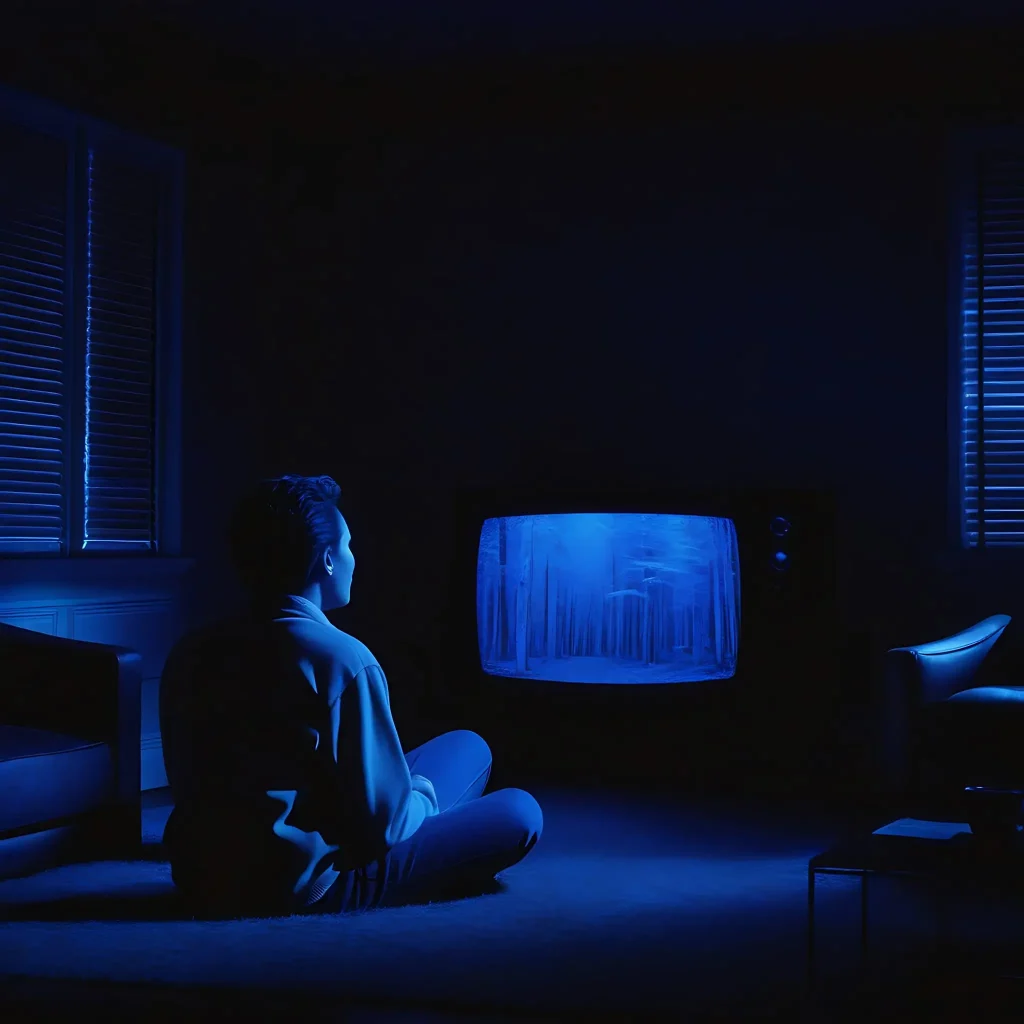
The Reflection of Societal Fears
Horror has a long-standing tradition of embodying the zeitgeist, capturing the essence of societal fears and projecting them onto the screen or page. The Cold War era birthed tales of alien invasions and nuclear mutations, tapping into the anxiety of the unknown threat. The rise of technology gave us cyber-horror, a genre that explores the fear of losing our humanity to the very machines we create. More recently, the genre has grappled with themes of isolation and contagion, mirroring our collective experience with global pandemics. As a barometer for public sentiment, horror allows us to confront these fears in a realm of fiction, providing a space for us to process and perhaps understand the terrors that stalk us in the real world.
Horror as Social Commentary
Beyond reflecting our fears, horror serves as a potent form of social commentary, critiquing the very foundations upon which our societies are built. Zombies can represent consumerism run amok, haunted houses may echo the decay of the traditional family unit, and monstrous creatures often symbolize the otherness we encounter in a world of ever-shifting borders and identities. Through the lens of horror, we are compelled to confront the monsters we have created, both literally and metaphorically.
A Unifying Experience Across Cultures
Despite its dark themes, horror has a unifying effect, transcending cultural boundaries and bringing people together in their shared fear. It is a genre that knows no borders, tapping into the primal emotions that are universal to the human experience. Across countries and continents, horror fans gather—whether in theaters, at conventions, or online—to celebrate their love for the genre, creating communities bound by the thrill of fear and the love of a good scare.
Horror’s Evolution with Cultural Shifts
As our world evolves, so too does horror. It is a genre in constant mutation, adapting to the changing norms and values of society. What was once taboo becomes the norm, and horror finds new taboos to challenge. The genre not only adapts to cultural shifts but often anticipates them, pushing the envelope and questioning the status quo. It’s in this space that horror becomes a catalyst for conversation and, at times, change. By engaging with horror, we’re given a glimpse into the future fears that may one day take shape and the opportunity to address them before they manifest into reality.
Inclusivity and Representation in Horror
In recent years, we’ve witnessed a renaissance in horror that champions diversity and representation. This shift reflects a growing recognition of the importance of inclusive storytelling, where different voices and perspectives are not only present but central to the narrative. Horror has begun to tell the stories of those once relegated to the sidelines, providing a platform for narratives that resonate with a broader, more diverse audience. As a result, the genre has become richer, more nuanced, and more reflective of the world we live in.
Horror as a Vehicle for Healing
Surprisingly, horror can also be therapeutic. By externalizing our fears and societal anxieties, the genre allows us to confront and work through issues that may otherwise remain hidden or suppressed. It offers a form of collective therapy, where we can find comfort in knowing we are not alone in our fears, and strength in facing them together. This shared catharsis can lead to a sense of healing, both individually and as a community.
In this exploration of the social and cultural factors that shape horror, we’ve seen how the genre serves as a reflection of our world, a form of social commentary, a unifying force, and a vehicle for healing. As we continue to navigate the ever-changing landscape of horror, we find that the genre is not only about the scares but also about the stories it tells and the conversations it ignites.
Stay with me, Sharon, your guide through the shadowy realms of horror, as we prepare to conclude our journey. We have traversed the psychological, the emotional, the unknown, and the societal aspects of our fascination with horror. In our final reflections, we will consider what all these elements reveal about us as individuals and as a collective, and why, despite—or perhaps because of—the terror, we continue to return to horror, time and time again.
Join me soon for the final act of our exploration, where we tie together the threads of fear and fascination that weave through the tapestry of horror. There, we will stand at the intersection of darkness and enlightenment.
The Role of Empathy and Connection
While horror often thrives on delivering jumpscares and showcasing the macabre, one of its most compelling aspects lies in its ability to draw out empathy. As viewers, we are invited into the lives of characters facing unimaginable terrors. These characters become our surrogates in these harrowing tales, and through them, we experience the fear, the suspense, and ultimately, the relief or tragedy of their fates. This empathetic bond can be both a psychological trial and a testament to our humanity.
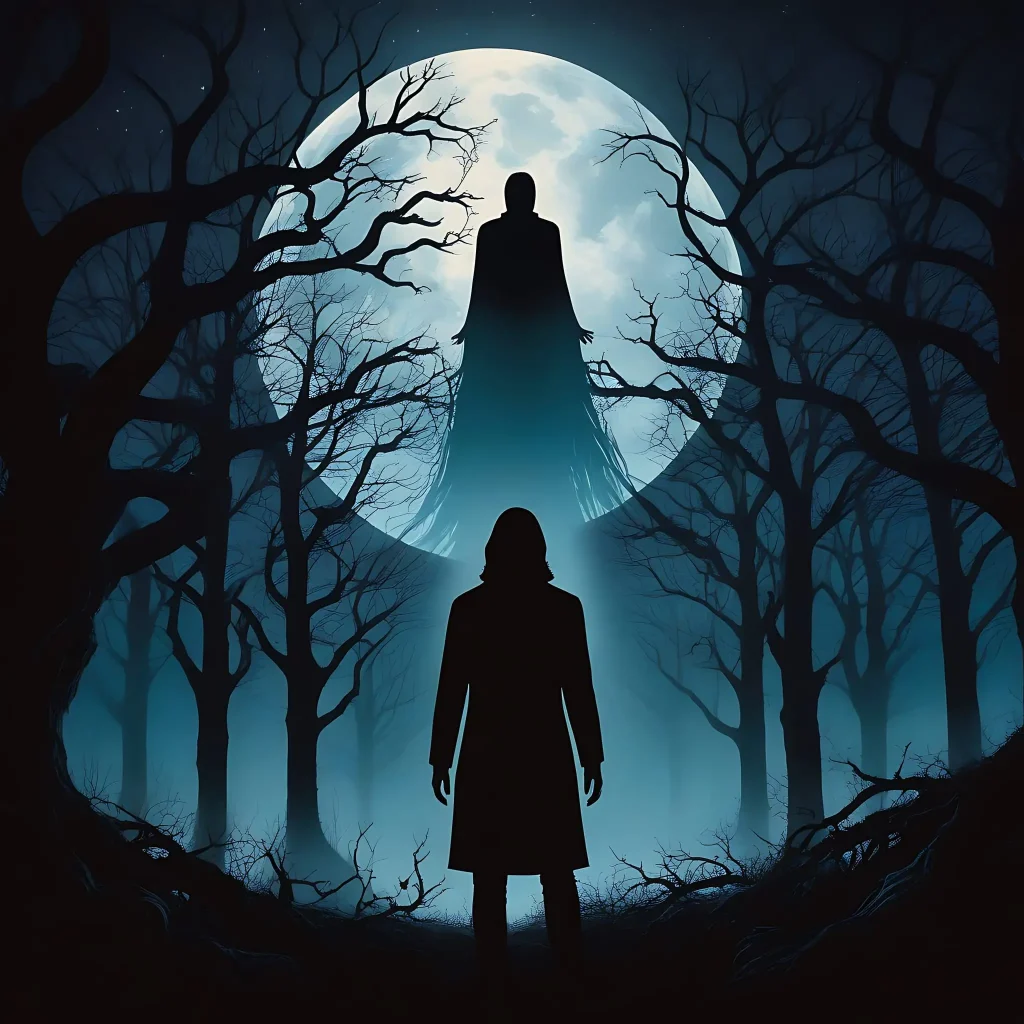
The horror genre demands that we place ourselves in the shoes of the protagonists. Whether they are fleeing from a relentless killer, facing the demons of their past, or confronting literal demons, these characters’ struggles often reflect our own deepest fears and anxieties. It is this shared experience that fosters a unique emotional connection between the viewer and the narrative.
Beyond the individual experience, horror has an uncanny ability to create a sense of community among its fans. From online forums discussing the latest slasher flick to fan conventions celebrating the genre’s icons, the communal bond within the horror fandom is palpable. Much like gathering around a campfire to share ghost stories, horror draws us together in a collective embrace of fear, allowing us to confront our darkest apprehensions in a supportive environment.
In this shared space, keywords like “empathy in horror” and “horror community connection” become more than mere search terms; they represent the very heart of the genre’s appeal. It’s through empathy that horror transcends simple entertainment, transforming into a social experience that can unite people across diverse backgrounds.
In conclusion, while horror might initially seem to be about isolation—characters often find themselves separated from the safety of the normal world—it ultimately brings us together. Through empathy and the shared thrill of fear, horror creates a profound sense of connection that can be as enduring as the genre itself. It’s no wonder that so many find solace in the shadows of horror, where empathy and connection thrive amidst the screams and scares.
What do you think about Horror?
In our journey through the dimly lit corners of the human psyche, we’ve uncovered the intricate layers that compose the psychology of fear. The thrill of the scare, the catharsis and emotional release, the allure of the morbid curiosity surrounding death and the unknown, the reflection of societal anxieties within the genre, and the powerful role of empathy and connection—all these facets weave together to explain our enduring horror fascination.
Horror, in its many forms, captivates us because it taps into the primal parts of our minds, allowing us to confront our fears in a safe and controlled environment. It gives us a space to explore the taboos and the forbidden without judgment, and it bonds us through shared experiences that transcend the screen or the page. The genre is not just a collection of tropes and jump scares; it’s a reflection of our collective consciousness, a commentary on the human condition, and a testament to our relentless pursuit to understand the darkness.
As we pull down the curtain on this chilling analysis, I, Sharon, your devoted guide through the macabre, challenge you to peer into your own abyss. What stirs your affection for horror? Is it the adrenaline-fueled ride, the sense of community, or perhaps something deeper and more personal? Share your tales of terror and the reasons why horror holds a special place in your heart in the comments below.
And for those whose thirst for the macabre remains unquenched, I invite you to explore the shadowy halls of Horror Facts further. Delve into our archive of articles, reviews, and interviews that promise to keep the embers of your horror fascination burning brightly. By reading related pieces, you contribute not just to your own repository of nightmares but also to the growth and vigor of our beloved crypt of horror knowledge.
Now, dear disciples of the dark, I beckon you to join the conversation. Descend into the comments and unveil your own reasons for reveling in the world of horror. Your insights and stories are the lifeblood of our community, and each shared experience enriches the tapestry of terror we so cherish.
Don’t let the conversation end here! Wander through the vast catacombs of content that Horror Facts has to offer. Each click, each read, each shared article extends your journey through the darkness and ensures that our community remains a vibrant testament to the genre we love. Together, let’s continue to dissect, discuss, and delight in the horror that binds us.
Unlock more secrets of the shadowy realm by delving into other spine-tingling topics and analyses that await you. Whether you’re in search of the latest horror news, deep dives into genre classics, or interviews with those who craft the nightmares, Horror Facts is your lantern in the fog.
Let your voice be heard, your opinions shared, and your presence felt. Engage with fellow fans and creators alike, and help us to weave an even richer web of horror lore. And remember, in the Horror Facts community, every scream, every fright, and every shiver is a note in the symphony of scare enjoyment.
Dare to delve deeper? Click, read, and let the shadows of Horror Facts envelop you. Join our community, contribute to the conversation, and become a part of the legacy of horror enthusiasts who find solace, thrill, and a home in the embrace of the genre.
Together, let’s celebrate the fear, the fascination, and the fiendish delight that horror brings into our lives. Your next scare is just a click away…

